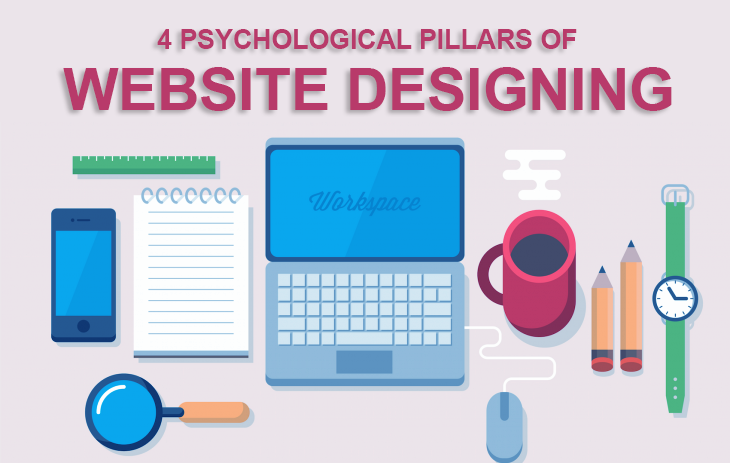The less caring business owners simply follow the industry standards of website designing, or whatever is trending in their business niche. The psychological principles of trust, acceptability, marketing, and buying of website designing are considered by a few business owners only. Psychology plays an important role anywhere where you have you to convince your audience, build trust in people, market and sell your product. And, having a website is all of that. So, leaving psychology behind for website designing is a bad choice.
1. Psychology of Colors
Colors hues determine the human behavior. For example:
- Yellow evokes optimism, clarity, and warmth
- Orange evokes friendliness, cheerfulness, and confidence
- Red evokes excitement, youthfulness, and boldness
- Purple evokes creativity, imagination, and wisdom
- Blue evokes trustworthiness, dependability, and strength
- Green evokes peace, growth, and health
- Grey evokes balance, neutrality, and calmness
Suggest your website designer to fill the color depending on the approach in the section. Where you want to increase trust, put blue there, where you want to put sales pitch make it red and so on.
2. Psychology of Visuals
Keeping images along with text is good, but what kind of images? The choice of the image makes a huge difference. For example, if you are running a food outlet, you would definitely put up food images. But, the studies have shown that images in which people holding the food item or taking a bite out of it are more impacting than the normal food pictures. It’s a psychologically proven fact. Who would have thought this minor change can make or break your sales, but it does. That’s why the choice of the image matters. Tell your web designer to introduce a subject or a character in the pictures to make it more engaging. It will increase the conversion rate.
3. Psychology of Brand Power
A fake brand will always try to hide. It will try to sneak away to avoid attention. But, the genuine brands come out openly as they have nothing to hide. Placing the logo in the adequate spaces is a sign of good brand power. Visitors easily recall the brand logo they see often. Placing your logo at the right place shows strength, dominance in the market, popularity and of course, trust. A good website designer while designing a website keep the space for the placement of the logos of different sizes.
4. Psychology of Trust
In first glance, the normal user decides whether the website is trustworthy or not. The more technically advanced user will check for the ‘HTTP’ and ‘HTTPS’. The moment when they feel the website isn’t trustworthy, they will leave right away. Websites, where the contact information isn’t available, are not considered trustworthy. The choices of colors, flash animation all contribute to the trust factor of the website. A website that provides adequate information about the product or service build trust in visitor’s mind easily. Tell your website designer that your website shouldn’t look or feel like an untrustworthy website.
Call RichestSoft to know more on the use of psychology in website designing. Get a consultation from them and hire them for out-of-the-box website designing services.
Call : +1 315 210 4488
Email : info@richestsoft.com
 +1 315 210 4488
+1 315 210 4488 +91 798 618 8377
+91 798 618 8377


